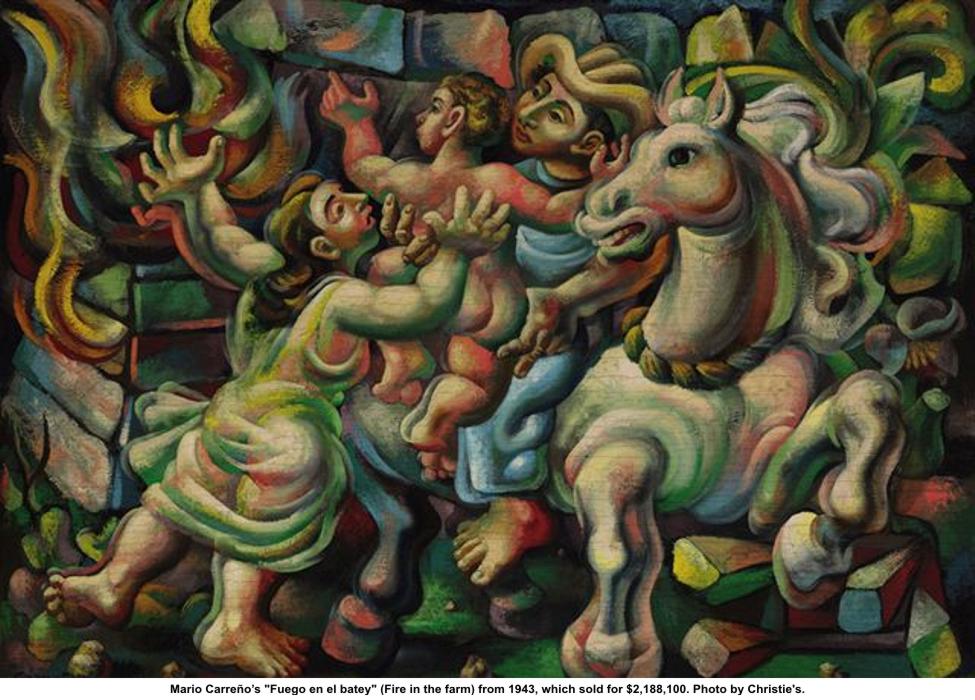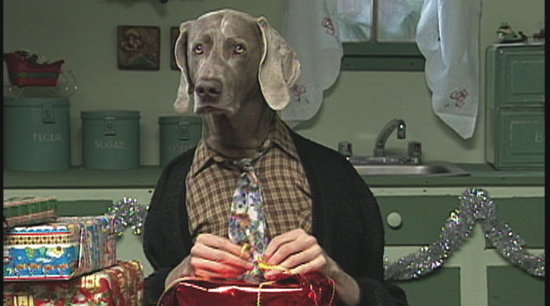
Eighty-seven degrees, the creaky old thermometer hit this afternoon, and although the nervous native Northwesterner lurking inside me can’t help fretting about an imminent neo-Dust Bowl and amateur revivals of 110 in the Shade (can you imagine a stranger named Starbuck riding in to save the hinterlands from thirst?), the better part of me is exulting in this nice dry heat and the brilliant sun that brings it. A walk with my 11-year-old son to the nearby neighborhood coffee shop confirms that it’s still possible to enjoy a hot cappuccino in a mini-heat wave (or, depending on your age, a cold chocolate milk), and I’m trying to discover the downside to that.
Longtime Portlanders are wondering how the weather can possibly be so glorious before the end of the Rose Festival: It is clearly written in the city constitution that the Grand Floral Parade must be marched in the midst of a monsoon. So how could this sunshine be? Global warming, I imagine, and although I suppose I feel a little guilty for not feeling guilty about that, I’d rather just enjoy the sun. I promise to worry later. When it rains.
Mrs. Scatter has conveniently scarpered to the coast for a weekend of sampling the vine and creating strange craft-ish items with some girlfriends, which means it’s bachelor days here with the Smelly Boys, 11 and 14 in their chronological persuasions. And that means pizza: cheese for them, “gourmet” veggie for me, and thank you, Papa Murphy, you friendly little corporate entity on the corner. Mine will be accompanied by the Chez Scatter house white, a Covey Run guwurtztraminer. I’ve just given the bottle a feel: It has a nice chill.
Next door this morning, a lawn-mower drone buzzed against the sky, and I cheerfully ignored it. Nor did I force the 14-year-old to unlock the garage and take out our grass-manicuring Luddite model, an antiquated push machine: Wouldn’t want him to actually break a sweat.
Air-conditioning, of course, is evil, but it has its places, and one of them is in movie theaters. As the height of late-afternoon sizzle approached, we three brave males entered the arctic oasis of the Avalon Theatre on Southeast Belmont Street to catch Monsters vs. Aliens, the DreamWorks animated fantasy about, well, a battle supreme between monsters and aliens. May I say a word in appreciation of second-run movie houses? This entire escapade cost seven bucks. The movie was mildly amusing, as easy to ingest as a Sunday morning screwdriver, and it was well worth the minimal price of admission just to see a 50-foot-tall Reece Witherspoon as a space age Gulliver being taken down by an army of G.I. Lilliputians. Spotting the evil alien was easy: If the brainiac squid body wasn’t enough of a tip-off, the fact that he put sugar in his coffee clinched the deal. Yet I must protest: Why was the blob without a brain named Bob? A prediction: An army of angry Bobs will be the next to invade the Earth. Or at least, Hollywood. We’re mad as hell, and we won’t take it any more.
I imagine that sometime around mid-August I’ll start to feel like those poor wilted saps in the painting Fuego en el Batey (Fire in the Farm), above. Thanks to Art Knowledge News for tipping me off that Cuban artist Mario Carreno‘s 1943 painting sold earlier this week at Christie’s in New York for two million, one-hundred-eighty-eight-thousand and one-hundred dollars. Now, that’s a summer sizzler.
Many long moons ago, long before the Huxtables, when he was a young stand-up comic and recordings came on large long-playing vinyl discs, Bill Cosby did a routine about Seattle. As I recall it, whenever the sun came out the natives fell trembling to the ground and cried out lamentations to their god. Oh, forgive us! (or something like that), they shouted. What have we done wrong?
Sorry. Not buying it. Welcome, Sun King, to our humble abode.
*********************************************
P.S.: Happy birthday (on Friday) to Laurel. And many happy returns.
